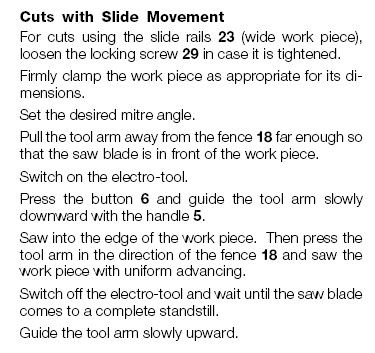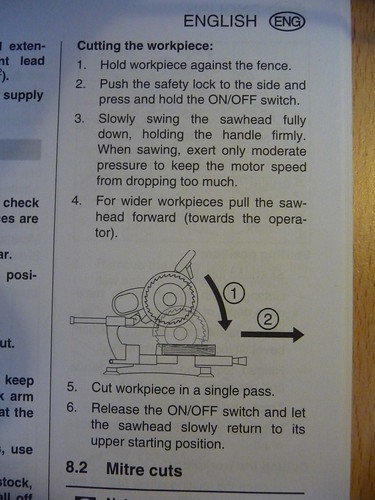I would still advocate following the manufacturers instructions, that is why they are produced for the user of the said tool.
Failure to follow the recommendations could result in injury and NO recompense in insurance payout, on this I must agree with Jake, read the manual supplied with the tool.
Rich.
Failure to follow the recommendations could result in injury and NO recompense in insurance payout, on this I must agree with Jake, read the manual supplied with the tool.
Rich.




































